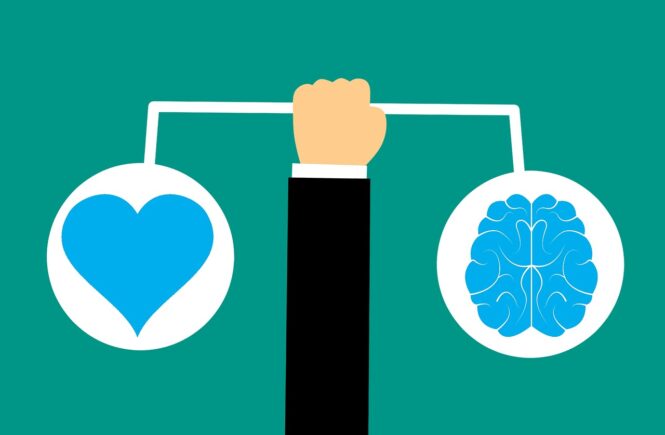Empathizing with others requires takes self-reflection. Self-reflection allows us to become aware of how our actions affect others. The emphasis is not on our wants and needs but on the other person needs. In our highly self-centered world, we are often fully focused on our personal agendas and goals. There definitely appears to be a great need to study empathy in America and around the world. In fact, from listening to and reading news media stories on a regular basis it seems empathy could be one of the most important words for our world in this decade.
Empathy helps us not be self-centered, greedy and self-absorbed. It connects people’s hearts. When we are empathetic, we seek to understand people more, resulting in more compassionate behavior. Empathy has also been said to sensitize the heart. The same is true with the workplace, if there is not intentional emphasis on the cultivation of an environment that has empathy as a core value it will not naturally exist. This is why empathy awareness for employees has to be a top priority of leadership for the organization.
A core organizational practice of fostering, modeling, and demonstrating an environment of empathy in the workplace will be worth the investment. Over many years in healthcare, I became increasingly aware of the need for practicing employee empathy. In response, I developed a mastermind group session on the topic of empathy with some of my model employees (who I refer to as my “Soaring Eagles”). By the end of the session, many employees were sharing how one co-worker or another had supported them in regard to a problem or issue they were having outside of their work. In the situation of one, the stress of going through a separation, the concern expressed by their colleague made all the difference in the way they were feeling. The empathy shared helped them make it through the day and accomplish their work. By the close of my mastermind session some of the colleagues were brought to tears simply by mentioning their empathy experiences. Working with people who care was monumental to them. Working with leaders that authentically cared about them made them feel valued, safe and appreciated.
Keep it Simple
Shared empathy creates a space between two people that they can identify with one another’s feelings. It may be something as simple as pulling for the same team in sports, identifying with each other’s enjoyment of a hobby or pastime, common child-raising or aging parent care experiences, an aspect of similar jobs, similar background or birthplaces. This creates a common connection that builds bonds in relationships.
Empathy can be shared by one person to another and from one person to many. A healthcare supervisor could show empathy to a group of healthcare workers who are working overtime due to the fact they have experienced this themselves. The supervisor could demonstrate their empathy by furnishing a snack to the workers because they understand they are being delayed leaving work and getting an evening meal. The manager knows how this feels. The employee sacrifices are self-reflected by the manager and motivate the manager to extend kindness and appreciation to the workers because he or she knows how the employees are feeling. Demonstrating empathy is not difficult when you begin to truly to walk in someone else’s shoes.



